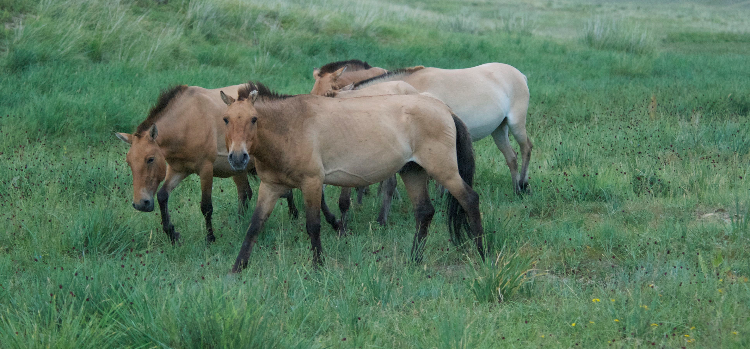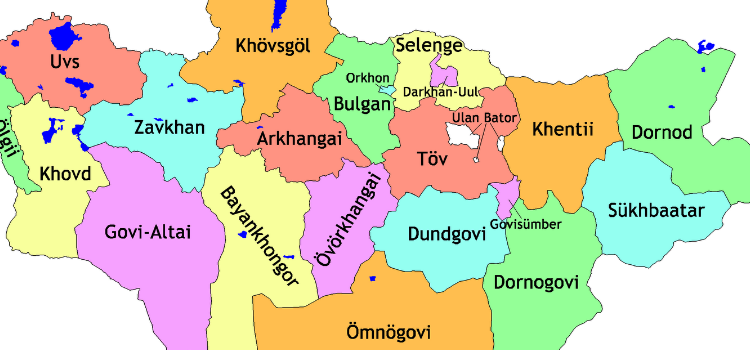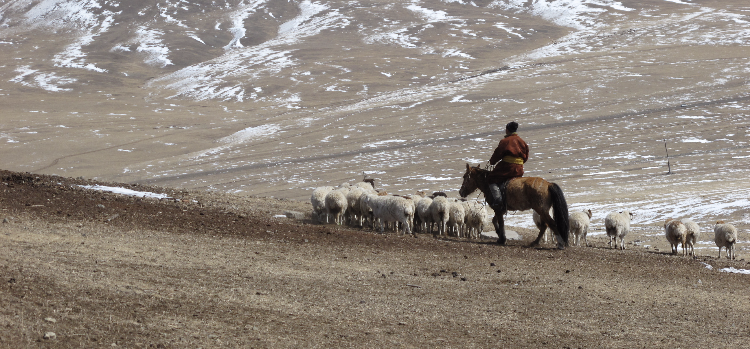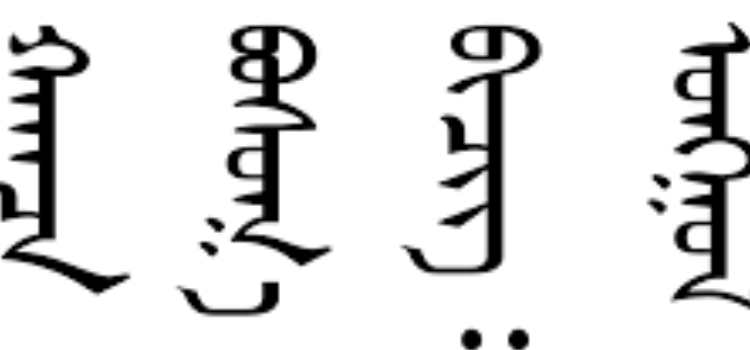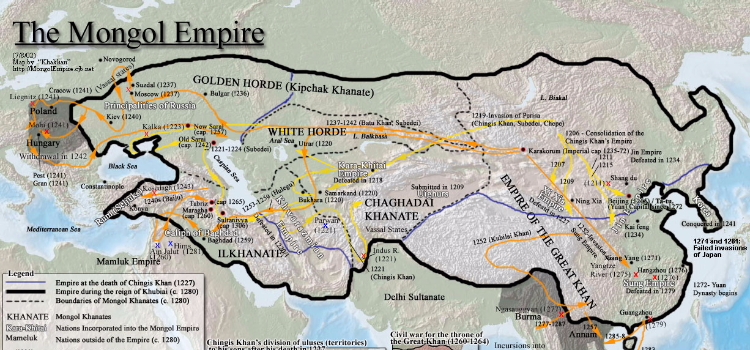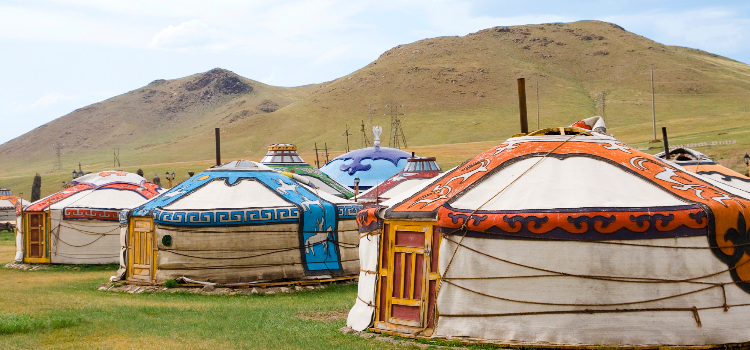04
Posted By : Admin/985
Landlocked in the heart of Asia, Mongolia is a vast, sparsely populated country that encompasses an incredible pristine landscape. Ancient forests, deep glacial lakes and majestic rolling steeps offer untouched wilderness, clean air and pure water.
The wildlife of Mongolia consists of unique flora and fauna in eight habitats dictated by the diverse and harsh climatic conditions found in the country. These habitats are flood plains, forests, tundra, taiga forests in the south, salty marshes, fresh-water sources, desert steppes at the centre, and semi deserts, as well as the famous Gobi desert in the south, the fifth largest desert in the world.
About 90 percent of this landlocked country is covered by deserts or pastures with extreme climatic conditions; this desert area is the largest temperate grassland habitat. Fauna reported in the wild consists of 139 mammal species, 448 species of birds (including 331 migratory and 119 resident birds), 76 species of fish, 22 reptile species, and six species of amphibians. Grass land and shrubland covers 55 percent of the country, forest covers only 6 percent in the steppe zone, 36 percent is covered by desert vegetation, and only 1 percent is used for human habitation and agricultural purposes, such as growing crops. The floral vegetation in the Eastern Steppe temperate consists of grassland (the largest of its type in the world). The drainage pattern in the country is dictated by the continental divide which separates areas draining north into the Arctic Ocean from those draining northeast into the Pacific Ocean; the Khangai Mountains form another divide between the areas which drain into the oceans and those which drain inland. In the western and southern zones, streams flow seasonally into salt water lakes without outlets. The rivers of the northern region are perennial, rising from the mountains; the two major river systems are the Orkhon River (Mongolia’s longest inland river within the country which joins the Selenge River) and the Selenge River The lakes in the country are mostly saline; the largest by volume is freshwater Lake Khövsgöl, a natural lake formed in a structural depression. It is second oldest lake in the world and accounts for 65 percent of the fresh water of Mongolia (2 percent of the that in the world).
The flora in the wildlife area of Mongolia is of pasture lands in three-fourths of the country, which is the main source of feed for the large stock oia Britannica, Inc. Specifically there are four vegetation zones. Coniferous forest form the taiga region of the northern areas with alpine noted at higher zones.
In the mountain forest-steppe zone vegetation is dense on the northern slopes; In the semi desert and Gobi desert areas, the vegetation is scanty but just adequate for the camels, sheep and goat populations to feed on and survive. Saxaul a drought-tolerant species is also noted and it provides for the firewood requirements of the people. Elms and poplars are also found near springs and underground water resources. Saxaul shrubs dominate the deserts and they anchor the sand dunes and prevent erosion. It grows to height of 4 m, over a period of 100 years, with very dense wood which sinks in water. Khentai aimag is also found in some parts of central Mongolia.Rhododendrons bloom with red, yellow and white wild flowers and edelweiss is also reported. More than 200 plant species are reported to be under threat.
Fauna
There are 139 mammal species found in Mongolia, and 448 species of birds
Mammals
Mongolia has a number of large mammals, including gray wolves and Siberian ibex (Capra sibirica), as well as more endangered species such as the wild Bactrian camel (Camelus ferus), the snow leopard (Uncia uncia), the Gobi bear, (rarest and unique to the desert region), the takhi (both wild and domestic types of horses) and the Asiatic wild ass (the largest numbers in the world are found in the Gobi desert).
The saiga antelope, once a common species, has been reduced by pressures including hunting, livestock grazing, and high Chinese medicinal value, with the Mongolian subspecies reaching a critically endangered level, with fewer than 5,000 individuals left in the wild.The wild horse, in particular, had almost become extinct (not seen for more than three decades) and was therefore reintroduced from captive sources. Other species of mammals reported include: argali (Ovis ammon) (in the rocky mountains of the Gobi desert), common wolf, Mongolian saiga (Saiga tatarica mongolica), musk deer (Moschus moschiferus), Pallas's cat (Felis manul) or manul, black tailed gazelle (Gazelle subgutturosa), stone martin (Martes foina), and wild cats in the Altai ecoregion; wild boar (Sus scrofa nigipes), red deer(Cervus elaphus), roe deer in the forest areas and muskrat, red fox, steppe fox, and sable in the forest and steppe margin areas.
Under the WWF-Mongolia conservation programme (a four year project), snow leopards, Altai argali sheep and saiga antelope and gazelle of eastern Mongolia are receiving special attention.The Zoological Society of London has taken interest to conserve Bactrian camel, long-eared jerboa (Euchoreutes naso) and saiga antelope.
Since in 1954 fish has been exploited in Mongolia. There are 75 species of 43 types, 13 families, 8 groups, 2 classes fishes live in rivers and lakes of Mongolia. There are 33 species of fish for fishing tour and sport fishing in our rivers and lakes. There are also represented 875 funguses; 300species of Microorganisms have been registered in Mongolia.

